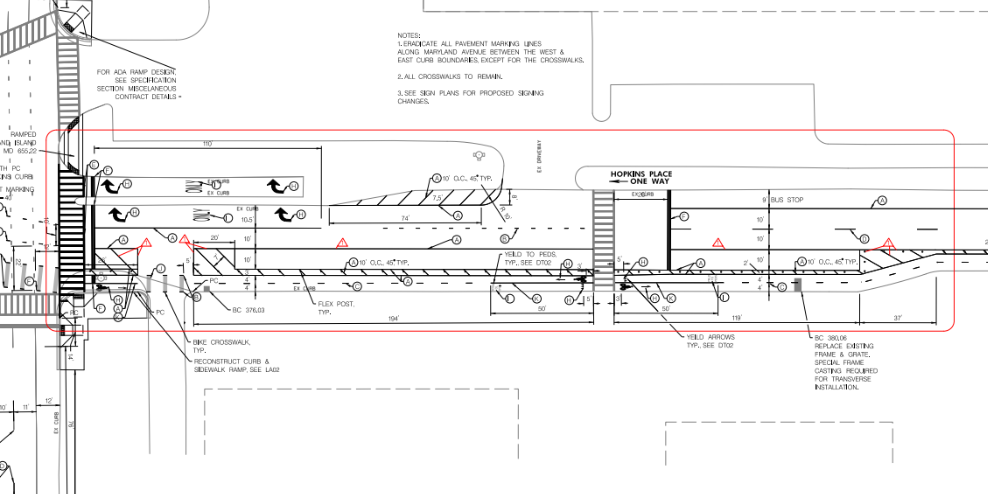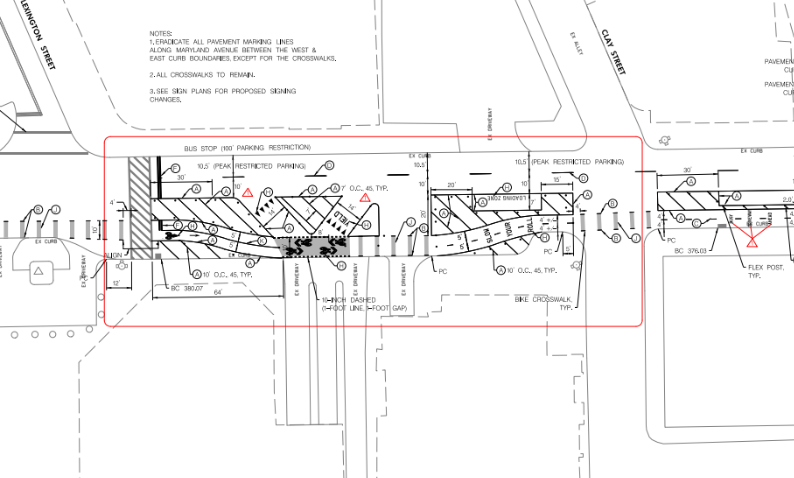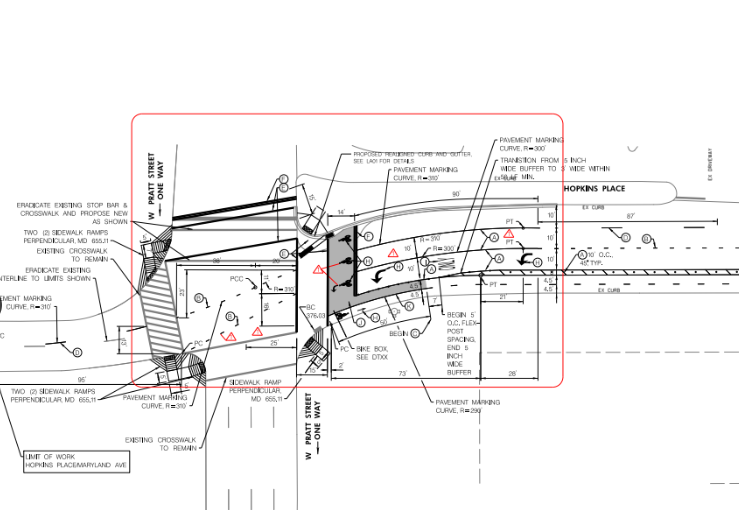A letter from Liz Cornish, Executive Director, Bikemore
Next Monday, thanks to your support over the past few years, I get to celebrate a huge win. For Bikemore, for me professionally, but most importantly for you — the people of Baltimore. Our Complete Streets Bill creates a framework ensuring we get streets that are safer, healthier, and provide real transportation choice for all.
As we mark this milestone and take time to celebrate with all of you, I am beginning to think about what’s next for Bikemore. What is the part of our work that really gets me fired up and makes the city a better place? How can we do more of that over the coming months? Passing legislation is important and necessary work. It’s exciting to work with lawmakers and decision makers to create change from within City Hall. But what makes biking in Baltimore so special are the people. The stories I get to hear about how biking has helped people get to work on time, stay active, be happier, and make new friends is at the root of our work. But if I’m being honest, we could do a better job at making sure more people see themselves in the stories we tell.
If we are going to continue to deliver big, bold wins — we have to build a bigger movement. That means doing more programs like our Mobile Bike Shop that get more people riding bikes. It means hosting more events like Cranksgiving where people can connect with others who share their passion for building a city that is safe and comfortable to walk down the street, hop on a bus, or ride your bike. It also means slowing down, listening more, and creating ways where the voices of our neighbors whose quality of life depends on biking, walking and transit are leading the movement.
None of these things come easily. All of it will require focused, intentional work. And most importantly we cannot — me, Jed, and Danielle — do it alone. We are ready to do more. Can you help?







